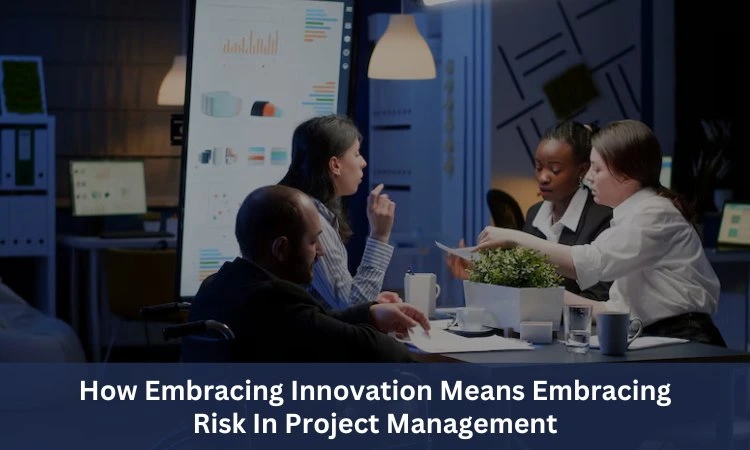The Nature Of Innovation In Projects
Innovation involves introducing novel ideas, processes, or products that offer potential improvements or competitive advantages. In project management, innovation might mean adopting new technologies, implementing creative problem-solving techniques, or exploring unconventional strategies to meet project goals. While innovation can lead to significant benefits, it also introduces uncertainties that can impact project outcomes.
For instance, integrating a new software tool into a project could enhance efficiency and provide a competitive edge. However, it also brings uncertainties such as unanticipated technical issues, compatibility problems, or a learning curve for the team. Embracing innovation requires project managers to recognize these risks and prepare to address them proactively.
Understanding The Risk-Innovation Relationship
Risk and innovation are closely connected, as the pursuit of new and untested approaches inherently involves stepping into the unknown. This relationship can be seen in various aspects of project management:
- Uncertain Outcomes: Innovative solutions often involve uncharted territory, which means there’s no guarantee of success. The outcome of implementing new technologies or methods may be uncertain, and there’s a risk that the anticipated benefits might not materialize.
- Resource Allocation: Investing in innovative solutions can require substantial resources, including time, money, and expertise. This allocation of resources involves risk, as there’s a possibility that the investment may not yield the expected returns.
- Resistance to Change: Introducing innovation may face resistance from team members or stakeholders accustomed to traditional methods. Managing this resistance and ensuring smooth integration can be challenging, adding another layer of risk to the project.
Strategies For Balancing Innovation And Risk
While innovation involves risk, effective project management strategies can help balance the two and increase the likelihood of successful outcomes:
- Conduct Thorough Research and Feasibility Analysis: Before adopting an innovative solution, conduct comprehensive research to assess its feasibility. Evaluate potential risks, benefits, and impacts on the project. This analysis helps in making informed decisions and mitigating risks associated with new ideas.
- Implement a Pilot Phase: Test innovative solutions on a smaller scale before full implementation. A pilot phase allows project managers to identify potential issues and assess the effectiveness of the new approach without committing extensive resources. This phased approach minimizes risk and provides valuable insights.
- Foster a Culture of Innovation and Risk Management: Encourage a culture where team members are open to innovation and comfortable discussing risks. Promote a mindset that embraces experimentation and learning from failures. A supportive environment helps in managing risks effectively and encourages creative problem-solving.
- Develop a Risk Management Plan: Incorporate a robust risk management plan that identifies potential risks, their impacts, and mitigation strategies. Regularly update the plan to address new risks that may arise from innovative approaches. Having a well-defined plan in place ensures that risks are managed proactively.
- Engage Stakeholders and Maintain Clear Communication: Keep stakeholders informed about the innovative aspects of the project and the associated risks. Transparent communication helps in managing expectations and gaining support for the innovative changes. Address any concerns promptly and provide regular updates on progress.
- Leverage Agile Methodologies: Agile methodologies promote iterative development and flexibility, which aligns well with the dynamic nature of innovation. By using Agile practices, project managers can adapt to changes and address risks as they arise, ensuring that the project remains on track despite uncertainties.
Embracing Innovation As A Strategic Advantage
Embracing innovation is not without its challenges, but it offers significant strategic advantages. By integrating new technologies, methodologies, or processes, project managers can enhance efficiency, drive growth, and achieve competitive differentiation. The key is to approach innovation with a balanced perspective, acknowledging the risks involved while implementing strategies to manage and mitigate them.

